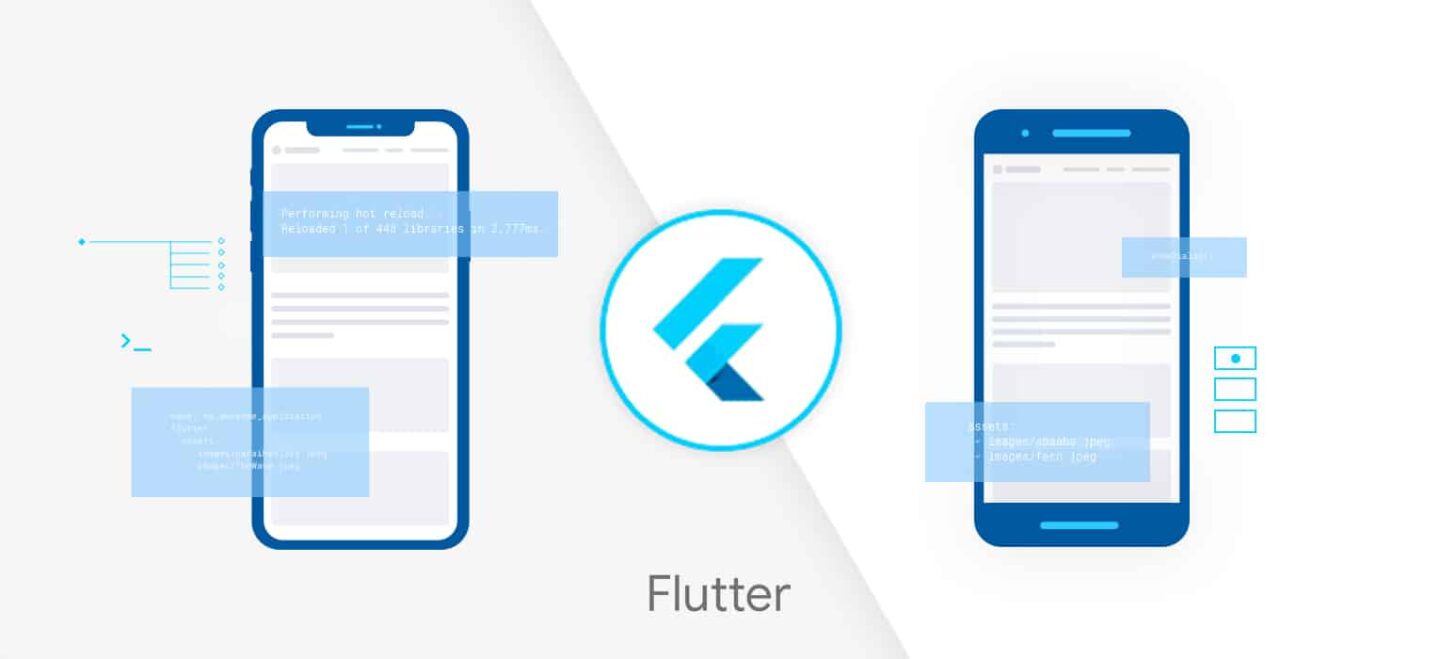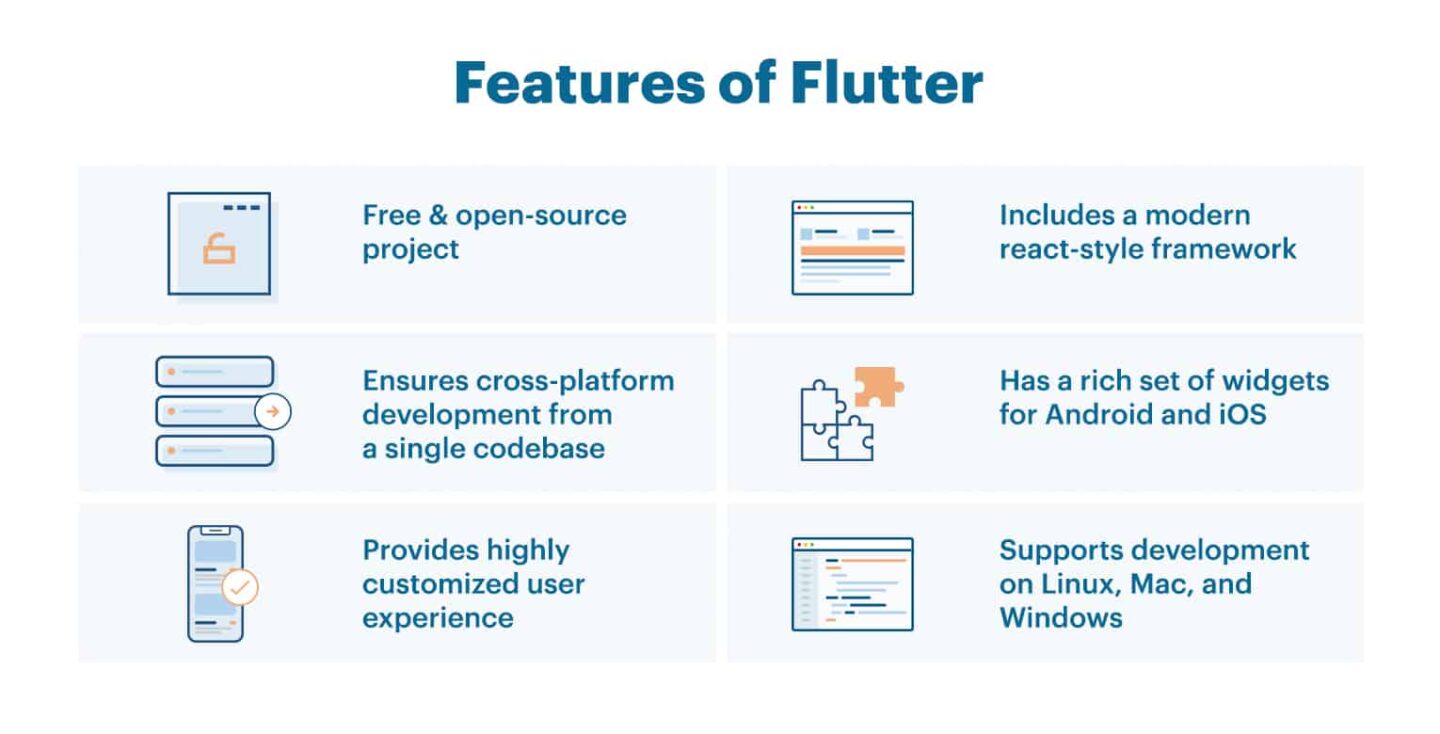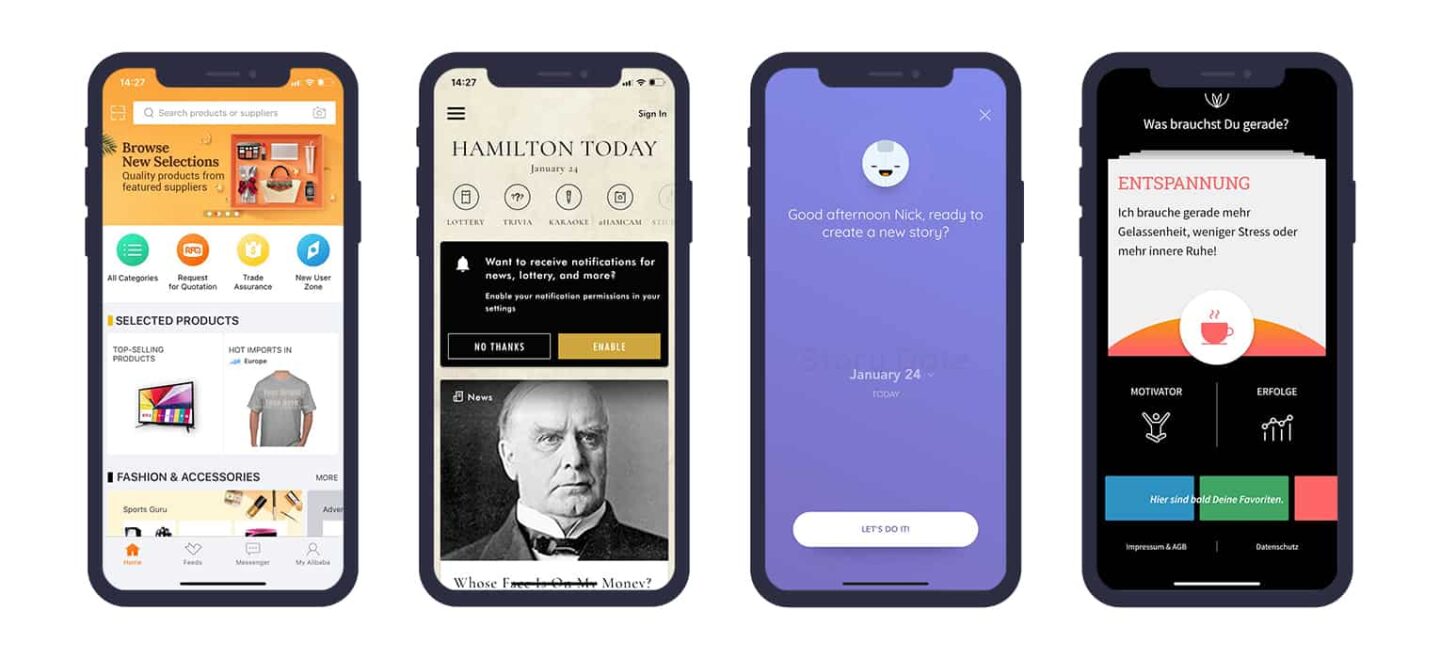- Portfolio
-
Services
Product DevelopmentFocus on the core idea and market fit while we masterfully handle user-focused product design.Learn moreEngineeringLeverage cutting-edge technology to address customer challenges with expert guidance.Learn moreAI consultingEmbrace the future of AI-driven innovation and thrive in a rapidly evolving digital landscape.Learn moreGrowth MarketingEngage targeted audiences and meet business goals through strategic marketing solutions.Learn more
- Company
- Insights
-
Areas of expertiseProduct DevelopmentFocus on the core idea and market fit while we masterfully handle user-focused product design.EngineeringLeverage cutting-edge technology to address customer challenges with expert guidance.AI consultingEmbrace the future of AI-driven innovation and thrive in a rapidly evolving digital landscape.Growth MarketingEngage targeted audiences and meet business goals through strategic marketing solutions.
- What is Flutter
- Key features of the tool
- How to create with Flutter
- Flutter vs. Android and iOS
- Examples of the apps on Flutter
- How does Flutter benefit companies
- Flutter for the future
The days of software development for specific devices are fading fast. The growing ecosystem of competing mobile platforms calls for cross-platform mobile development to reduce the cost of product development and maintenance and also reduce time to market. Flutter, an open-source mobile app development framework, offers the promise of streamlined and simultaneous application development for both iOS and Android. New to Flutter? Let’s answer some of the big questions.
What is Flutter (and is it a big deal)?
When it comes to development, speed and ease are essential. To have a competitive edge in the development of mobile apps, developers need tools that allow them to quickly create apps using one tool that’s compatible with both Android and iOS. But quick development is only one side of the coin. These apps need to run seamlessly in the real world and provide an optimal user experience. Flutter handles these tasks with ease, making it a leader in cross-platform mobile development.

What are the key features of Flutter?
Flutter is a complete SDK (Software Development Kit). That means that everything you need for cross-platform mobile development is contained within. Here are some of the key features.
- Flutter uses the Dart programming language to streamline app development by bypassing JavaScript bridges employed by competing app development platforms. That provides complete control of all app features during development.
- Flutter’s ready-made widgets provide developers with a simple way to create user interfaces that eliminate the multiple steps and different objects required by other approaches.
- Flutter has demonstrated faster native performance than competing tools like React Native and Xamarin.
- Flutter utilizes fully customizable user interfaces (UI) featuring flexible design and fast rendering.
- Flutter has demonstrated a fast learning curve for new users. Along with the extensive documentation available, it’s easy to get up and running with this cross-platform mobile development tool.
- Flutter is a free and open-source, allowing developers to utilize tried and tested libraries and packages easily.

How do you create with Flutter?
Getting started with Flutter is a no-hassle operation. Start by installing Flutter on your machine – either Windows, macOS, or Linux. When you start a project, you’ll be presented with a Flutter application template to start the development process.
How you proceed depends upon your preferences and experience level. If you’re used to working from the command line, dive right in and start creating. If you prefer to use an integrated development environment (IDE), like Android Studio, IntelliJ, or VS Code, you’ll find that these are supported as well.
Packages and plugins are already a big part of the Flutter ecosystem, so you’ll find plenty of useful material available when you’re working through your development process. Adding packages or plugins only requires a few lines of code, or you can do it through your IDE of choice.
Flutter supports hot reloading of your apps, so you can test modifications while the app is running. That prevents time-consuming stops for rebuilding and redeploying. Combined with the WidgetTester utility, it’s easy to test and monitor during your development process continuously.
Does Flutter replace Android and iOS?
Flutter isn’t a replacement for Android or iOS, but rather a way to create native experiences for both systems utilizing a single codebase. In the past, developers have had to make an “iOS or Android first” decision when creating apps. Flutter eliminates that decision, allowing companies and their app development teams to concentrate from the start on the product and the end-user experience.
This underlying paradigm is the key reason the advent of Flutter has been greeted with excitement by developers. Other pros of Flutter:
- Faster code writing – Thanks to Hot Reload – the ability to make changes and check the results immediately – Flutter has awesome potential to speed development.
- Less testing – The need to test separate codes for two platforms is eliminated.
- Faster apps – Flutter is capable of providing demonstrably faster app speeds than competing systems.
- Attractive UIs with backward compatibility – Flutter’s UI looks the same on older devices, so you’ll present the same user experience to those with older devices.
How about the cons? While Flutter looks like a real win for developers, there is one issue which you should consider before going all in on adoption:
- Fewer libraries and support than native development systems – While Google’s support and resource development have been impressive, there are still gaps in functionality to be found in the library. In worst-case scenarios, your developers may have to spend time building functionalities available in native development systems.
Who’s using Flutter?
Flutter is gaining users quickly, as companies see the advantages of this cross-platform approach to app development. As the developer, Google utilized Flutter in developing apps for both Google Ads and Google Greentea, an internal customer management app. Just a few other companies that have used Flutter to create successful apps include:
- Alibaba – The Chinese e-commerce giant used Flutter to build the Xianyu app for their second-hand goods site.
- Tencent – This Chinese conglomerate constructed its video streaming app with Flutter.
- Reflectly – An AI-driven mindfulness app.
- Hamilton Musical – The official app for the hit musical includes lotteries for tickets, merchandise sales, and more.

How does Flutter benefit companies?
The future of commerce and successful business plans will increasingly depend upon mobile apps, both for customer interaction and internal business systems. Companies that can streamline the process of producing mobile apps will benefit from increases in productivity and improved customer engagement.
With Flutter, companies can skip over the time-consuming process of building UIs for competing systems, each with their native SDKs, and instead concentrate their efforts on cross-platform solutions using a single, easy-to-use system. The time and resource savings in having to create only one codebase for iOS, Android, desktop, and more are significant. They will benefit companies of all sizes, but mainly smaller shops, startups, and digital agencies working with a diverse clientele.
Flutter for the future
Flutter’s release signals a new approach to developing apps for the mobile marketplace. By creating an easy-to-use cross-platform development model that spans the fundamental differences between the two primary mobile operating systems, not only does it allow simultaneous development for Android and iOS, it does it with an innovative widget-centric approach utilizing attractive and responsive UIs. For developers, teams, and businesses looking for a competitive advantage, Flutter should be their go-to tool for the future.
Also, if you want to know whether Flutter can be applied to the development of your project, please feel free to contact us. Our specialists will provide you with a free consultation and answer all your questions.
🍪 We use cookies to improve and customize your experience. To find out more about the cookies, read our Privacy Policy.


